Abstract 1/2020
Table of content
Tomasz Kwarciński – Company Przewozy Regionalne sp. z o.o. as an operator on the rail passenger transport market
Maria Zych-Lewandowska – Factors affecting the organization of special municipal public transport systems operating cemeteries during the All Saints’ Day
Krzysztof Dostani – Operating of ITS systems for public transport on the example of Grunwaldzka Street in Poznań
Bryniarska Zofia, Pindel Iwona – Analysis of apron use at the Kraków John Paul II International Airport
Abstracts
Tomasz Kwarciński
Spółka Przewozy Regionalne jako operator na rynku kolejowych przewozów pasażerskich
Abstract: The article presents the history of establishment and development of the company Przewozy Regionalne Sp. z o.o. (PR). The PR company remains the leading regional rail carrier in Poland. It is reflected, among others, in market share and scope of operation. Its functioning is influenced by self-government regional authorities (voivodships) which are organizers of regional rail transport. Also financing of the PR operation is of a significant impact. Rail transport services and the purchase / modernization of rolling stock leased by the PR company are co-founding by regional self-governments. The improvement of the financial condition of the PR company is associated with the ongoing restructuring process. In this regard it was important to gain the Industrial Development Agency as a shareholder which took over the majority stake in the PR company.
Key words: passenger transport, rail transport, rail regional transport
Maria Zych-Lewandowska
Factors affecting the organization of special municipal public transport systems operating cemeteries during the All Saints’ Day
Abstract: The article presents statistics on the special municipal public transport networks organized in All Saints’ days in Bydgoszcz, Gdańsk, Kraków, Lublin, Łódź, Poznań, Rzeszów, Toruń, Warsaw and Wrocław. The results of research on the connections between collected statistics and selected geographical and urban indicators, such as e.g. city area, population, number of public transport lines were presented. Based on the research results, it was found that when planning the network of “cemetery” lines, apart from experiences and conclusions from previous years, the basic geographical indicators, primarily the population and size of the city, have a very high impact on the scale of operations.
Key words: public transport, passenger transport, special lines, passenger transport services on cemeteries
Krzysztof Dostani
Operating of ITS systems for public transport on the example of Grunwaldzka Street in Poznań
Abstract: ITS system for public transport in Poznań was developed in the years 2013 – 2016 in parallel with the investment in the modernization of Grunwaldzka street and its reconstruction to a two-lane road with two lanes in each direction and a separate tram track on the section from Junikowo loop to the intersection with Smoluchowskiego street. Then the principles of the system of prioritization of tramway transport were implemented. The effect of the introduced changes has met the expectations and, while maintaining a high level of priority for tramway transportation, the conditions for public transport buses have been improved. The article presents the operation of the ITS system and the size of the obtained effects during the passage of trams and buses.
Key words: public transport, tramway transport, priorities in tram traffic, public transport in Poznań
Bryniarska Zofia, Pindel Iwona
Analysis of apron use at the Kraków John Paul II International Airport
Abstract: Kraków John Paul II International Airport is an airport that is developing very dynamically. The number of serviced passengers increases year by year. For this reason, the airport is constantly being extended. At the end of 2016, a new terminal was opened, now also the apron is being renovated. The article is to analyse the use of the apron before construction works and reorganization of the plate. The calculations were made to check the apron use and, in the future, to be able to compare them with the analysis of the renovated apron. The analysis was performed on the basis of the data containing information on the number of aviation operations registered during one year, including actual and scheduled times of flight operations – arrivals and departures along with the allocated number of the parking stand at the apron. The analysis includes the usage of apron and its individual aircraft stands throughout the entire analysed period and the size of aircraft standstill times, including the division into traditional and low-cost airlines. The use of the apron and its individual stands on the day of the largest number of aircrafts accepted by the airport was analysed. The summary contains the most important conclusions from the analysis and the calculated values that characterize: the use of the apron on the day with the largest number of operations, the occupancy of individual positions in the examined period, the average aircraft standstill times.
Key words: air transport, apron, apron use, time of aircraft stop, aircraft stand

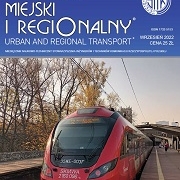 SITK RP
SITK RP 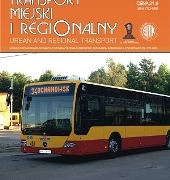 SITK RP
SITK RP 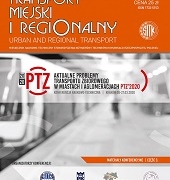
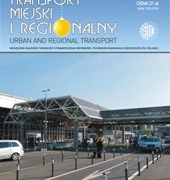 SITK RP
SITK RP 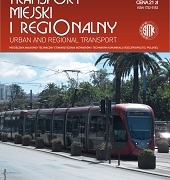
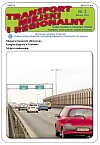 SITK RP
SITK RP 

